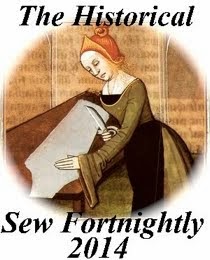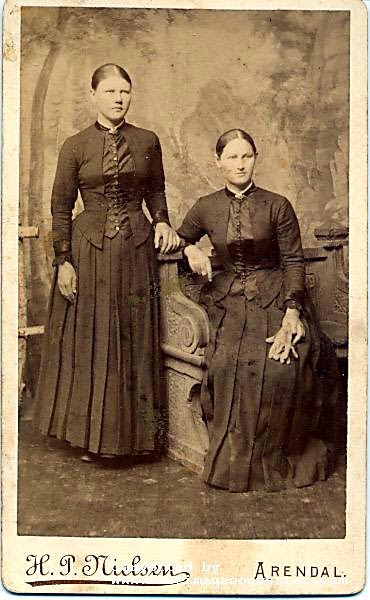 Image from www.missmary.com
Image from www.missmary.com
"God has given to man authority, to woman influence; she inspires and persuades, he convinces and compels. For the last twelve years, the editress of the Lady’s Book has been endeavoring to bring about this agreement in popular feeling. We have used our influence, always, we trust, in a womanly way, and now we would render deep gratitude to God who has blessed our humble prayers and efforts, and express thus publicly our thanks to those generous men who have encouraged and accomplished our plans. We now leave the perpetuation of this good work, by the enactment of a statute in each State, to the good and patriotic men everywhere to be found, who love the Constitution and the Union.
Everything that contributes to bind us in one vast empire together, to quicken the sympathy that makes us feel from the icy North to the sunny South that we are one family, each a member of a great and free Nation, not merely the unit of a remote locality, is worthy of being cherished. We have sought to reawaken and increase this sympathy, believing that the fine filaments of the affections are stronger than laws to keep the Union of our States sacred in the hearts of our people.
Is it not fitting that from the heart of the Keystone State, this city of Independence Hall, the impulse of the new National Holiday should go forth? "A threefold cord is not quickly broken." This American festival adds the third strand to the cord that binds American hearts in nationality. The twenty-second of February, the Fourth of July, the last Thursday in November – these three DAYS observed, will make and keep us American citizens. Well did that patriot divine, Rev. Charles Wadsworth, exclaim, in his last Thanksgiving sermon – "Thanks be unto God for this American Pentecost! Never were the bonds of our beloved brotherhood so revealed in their strength! Never before did so many sister States keep lovingly together this feast of harvest. It is the gathering of the one great household with offerings of praise to the one common temple – the central Salem of peace – the God of love."
We believe our Thanksgiving Day, if fixed and perpetuated, will be a great and sanctifying promoter of this national spirit. Our whole people will then look forward to it – make preparations to honor and enjoy it. Literature will take her part and send her tribute of gratitude. We have received and read a number of excellent articles lately, and, what gave us particular pleasure, "A Thanksgiving Story," ... setting forth the sterling virtues and the happiness derived from family reunions, and the cultivation of fireside enjoyments. Let Thanksgiving, our American Holiday, give us American books – song, story, and sermon – written expressly to awaken in American hearts the love of home and country, of thankfulness to God, and peace between brethren. We do earnestly hope and pray that the last Thursday in November may be established as the American Thanksgiving Day. Then, on that Day, our citizens, whether in their own pleasant homes, or in the distant regions of Oriental despotism, would observe it – on board every ship where our flag floats there would be a day of gladness – wherever our missionaries preach the Gospel of "good-will to men," the day would exemplify the joy of Christians; and in our Great Republic, from the St. John’s to the Rio Grande, from the Atlantic to the Pacific, all our people, as one Brotherhood, will rejoice together, and give thanks to God for our National, State, and Family blessings."























